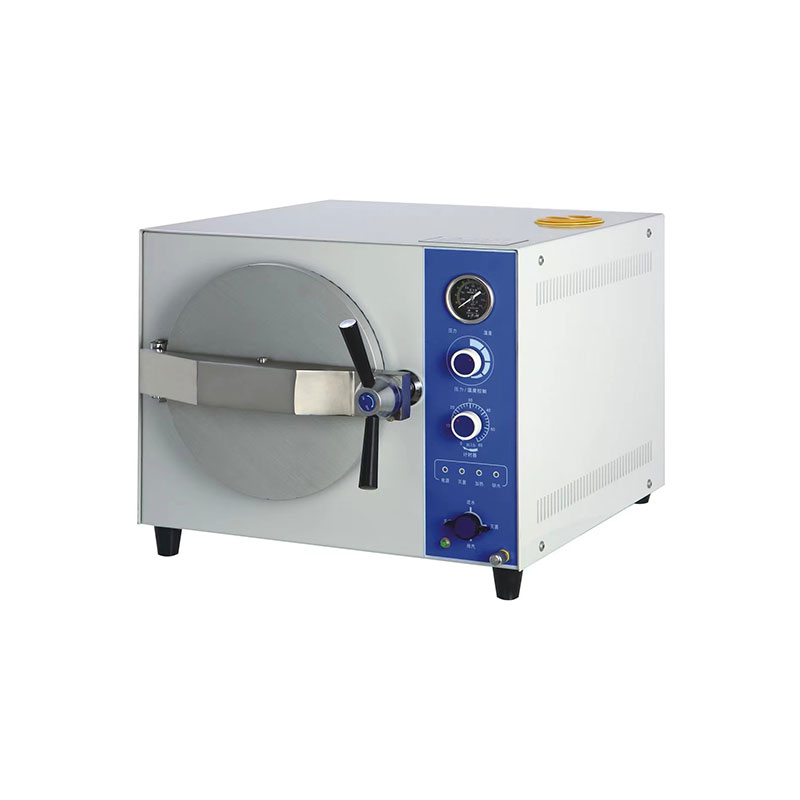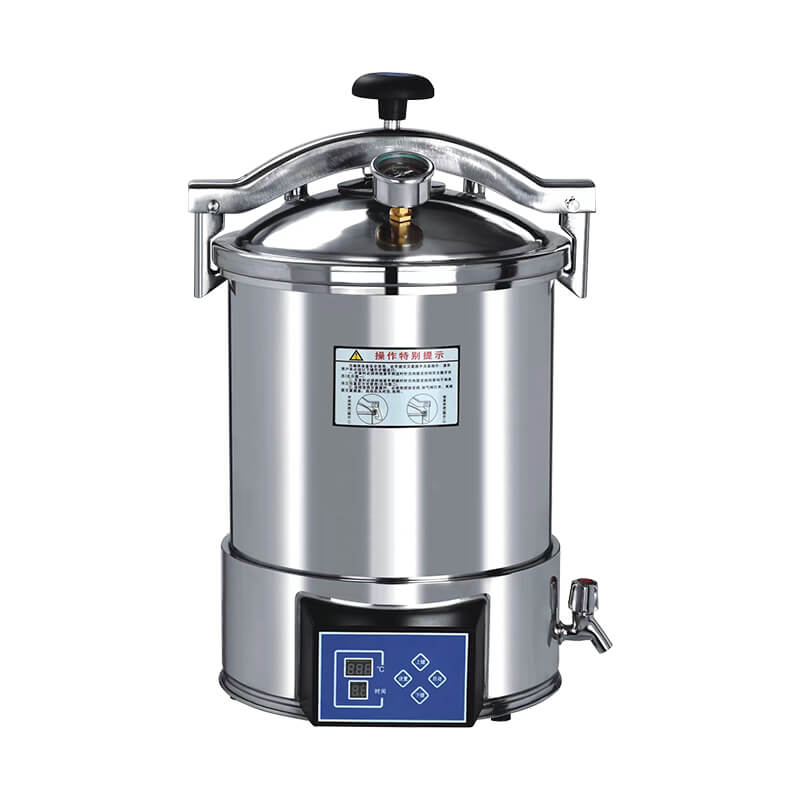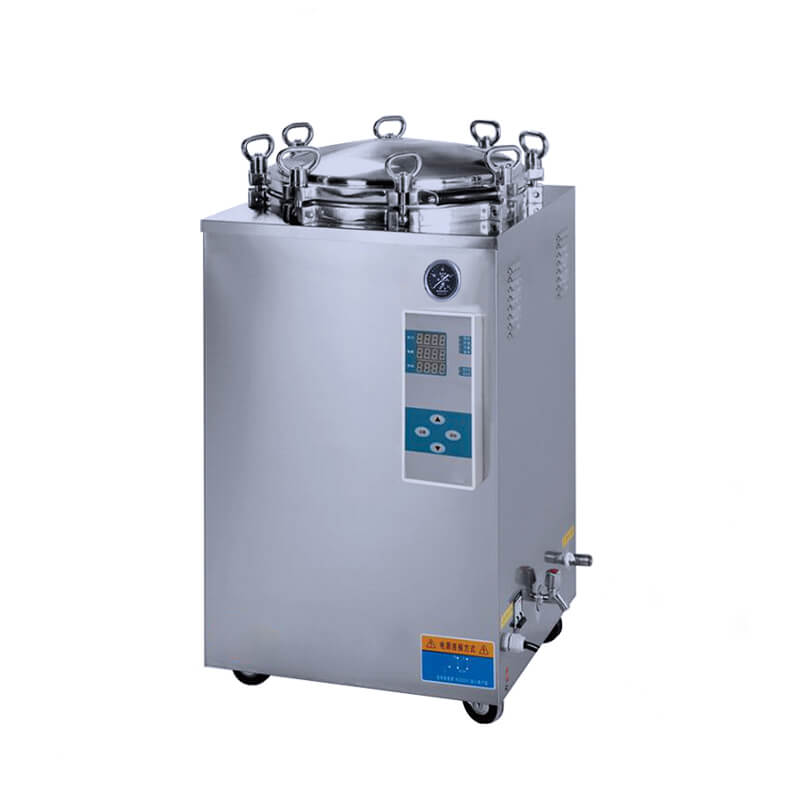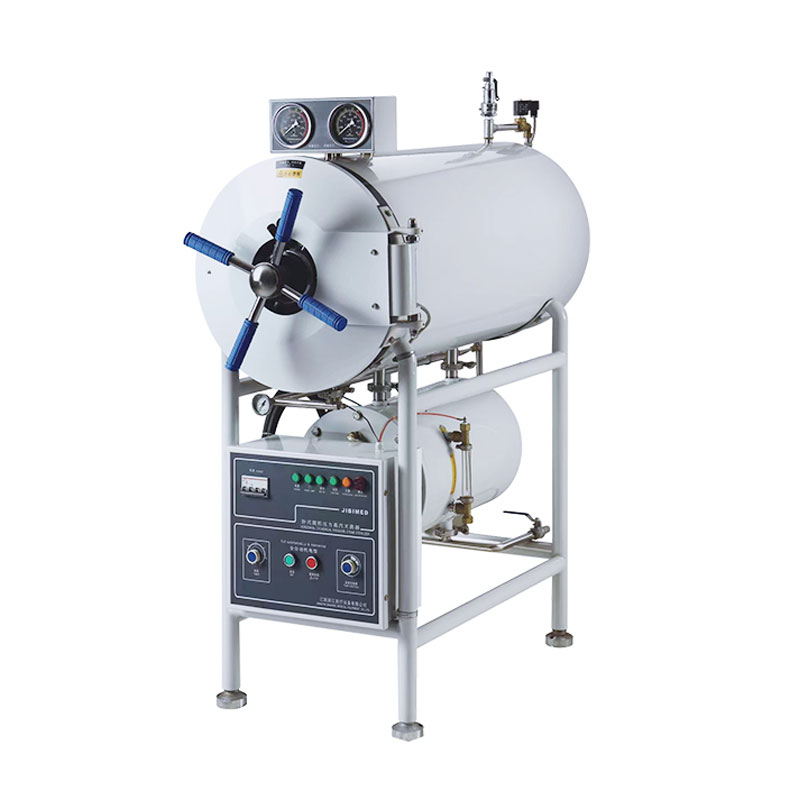The best method depends on the specific needs and resources of the cultivator. Here are three commonly utilized sterilization methods:
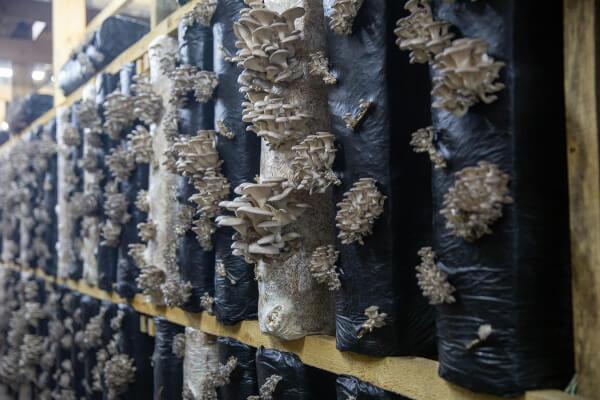
mushroom cultivation
1.Pressure/Steam Sterilization:
This method involves using an autoclave or pressure cooker to generate steam at high temperatures and pressures. It is effective in sterilizing substrates, such as sawdust or straw, by eliminating microorganisms and their spores. Pressure/steam sterilization is widely used and ensures thorough sterilization, but it requires specialized equipment.
2.Chemical Sterilization:
Chemical sterilization involves the use of chemicals like hydrogen peroxide or bleach to eliminate contaminants. This method is often used for small-scale cultivators or when access to an autoclave is limited. However, it requires careful handling of chemicals and may have residual effects on the substrate.
3.Hot Water Pasteurization:
Pasteurization involves exposing the substrate to hot water at temperatures of around 60-70°C (140-160°F) for a specific duration. This method helps reduce the number of contaminants without completely eliminating them. Pasteurization is often used for substrates that are heat-sensitive, such as compost or certain types of straw. The process involves soaking or immersion in hot water for 1-2 hours, followed by draining and cooling before inoculation. Pasteurization is less effective in sterilizing compared to pressure/steam sterilization but is suitable for certain mushroom species and substrates.
It’s important to note that each method has its advantages and limitations. The choice of sterilization method depends on factors such as the type of mushroom species, the substrate used, available resources, and desired scale of cultivation. It’s recommended to follow specific cultivation guides or consult experienced cultivators for the best sterilization method for your specific mushroom cultivation needs.
Why Autoclave is The Best Method of Sterilization
Autoclaving stands out as a highly effective method of sterilization for several reasons: 1.Comprehensive Microbial Elimination: Autoclaves use high-pressure steam, typically at temperatures above 121°C
Why is autoclaving done for 15 minutes?
The reason high-pressure sterilization typically takes 15 minutes or more is to ensure the thorough elimination of various microorganisms, including bacteria, viruses, fungi, and spores.
How an Autoclave Works
The high-pressure sterilizer functions based on a fundamental principle that leverages elevated temperature and pressure to achieve potent disinfection. Here’s a simplified explanation of its
How to clean autoclave monthly
Regularly cleaning and maintaining the high-pressure sterilizer each month is essential to ensure its proper functioning and effectiveness in disinfection. Here are the general steps
How Does an Autoclave Work
A high-pressure sterilizer operates by placing objects within a sealed chamber and introducing high-temperature, high-pressure steam. The working process can be summarized in the following
What is Autoclave Sterilization
High-pressure sterilization is a process that utilizes high-pressure steamand elevated temperatures to eliminate microorganisms on the surface and withinan object. In this procedure, the object

